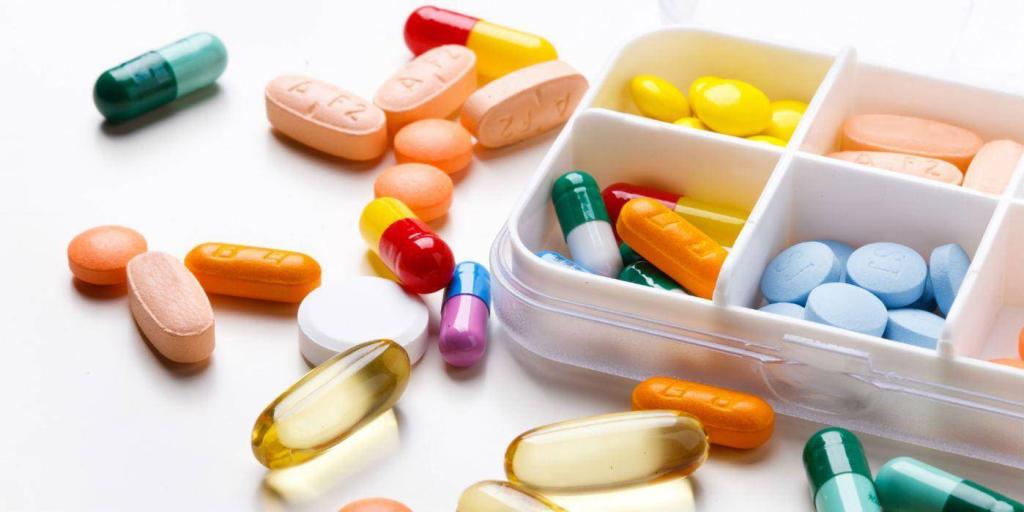Factory Direct Phosphatidylserine,For Health Products
Time:2024-09-13
The requirements for phosphatidylserine in health supplements mainly include the following aspects:
1. Production Hygiene Requirements
· Good Manufacturing Practices (GMP): The production of phosphatidylserine must comply with GMP hygiene standards to ensure that the product is not contaminated during the manufacturing process, ensuring its safety and efficacy.
2. Ingredient Requirements
· Purity and Impurity Limits: Phosphatidylserine products should have high purity, with controlled impurity levels. For example, glyceride content should be ≤2%, tocopherol content should be ≤0.2%, and phytosterol content should be ≤0.028%.
· Peroxide Value: The peroxide value, an important indicator of the degree of fat oxidation, should be ≤0.5 meq/kg in phosphatidylserine products to ensure stability and safety.
· Heavy Metal Content: The content of heavy metals such as total arsenic, lead, and cadmium must be strictly controlled. For instance, total arsenic should be ≤0.5 mg/kg, lead ≤0.5 mg/kg, and cadmium ≤0.2 mg/kg, to avoid potential health hazards.
3. Usage Restrictions
· Target Population: Phosphatidylserine should not be used in infant or toddler foods or in special dietary products. Its use is limited to certain foods, based on the health needs of different age groups.
· Dosage Restrictions: In foods where phosphatidylserine is permitted, the amount added should be strictly regulated, with specific limits determined according to relevant laws, regulations, and food safety standards.
4. Labeling Requirements
· Ingredient Identification: The label must clearly indicate the ingredient name as "soybean phosphatidylserine" or the corresponding source of phosphatidylserine, allowing consumers to understand the product’s composition.
· Other Information: In accordance with relevant laws and regulations, the label should also include basic information such as the product’s production date, shelf life, manufacturer, production location, and any necessary warnings and consumption recommendations.
5. Safety Assessment
· Safety Evaluation: Phosphatidylserine, as a component of health supplements, must undergo rigorous safety evaluations, including assessments of toxicity, allergenicity, and mutagenicity, to ensure it is harmless to human health.
Phosphatidylserine in health supplements must comply with various requirements, including production hygiene, ingredient standards, usage limitations, labeling, and safety evaluations. These requirements are established and enforced to protect consumer health and ensure food safety.


 CN
CN





